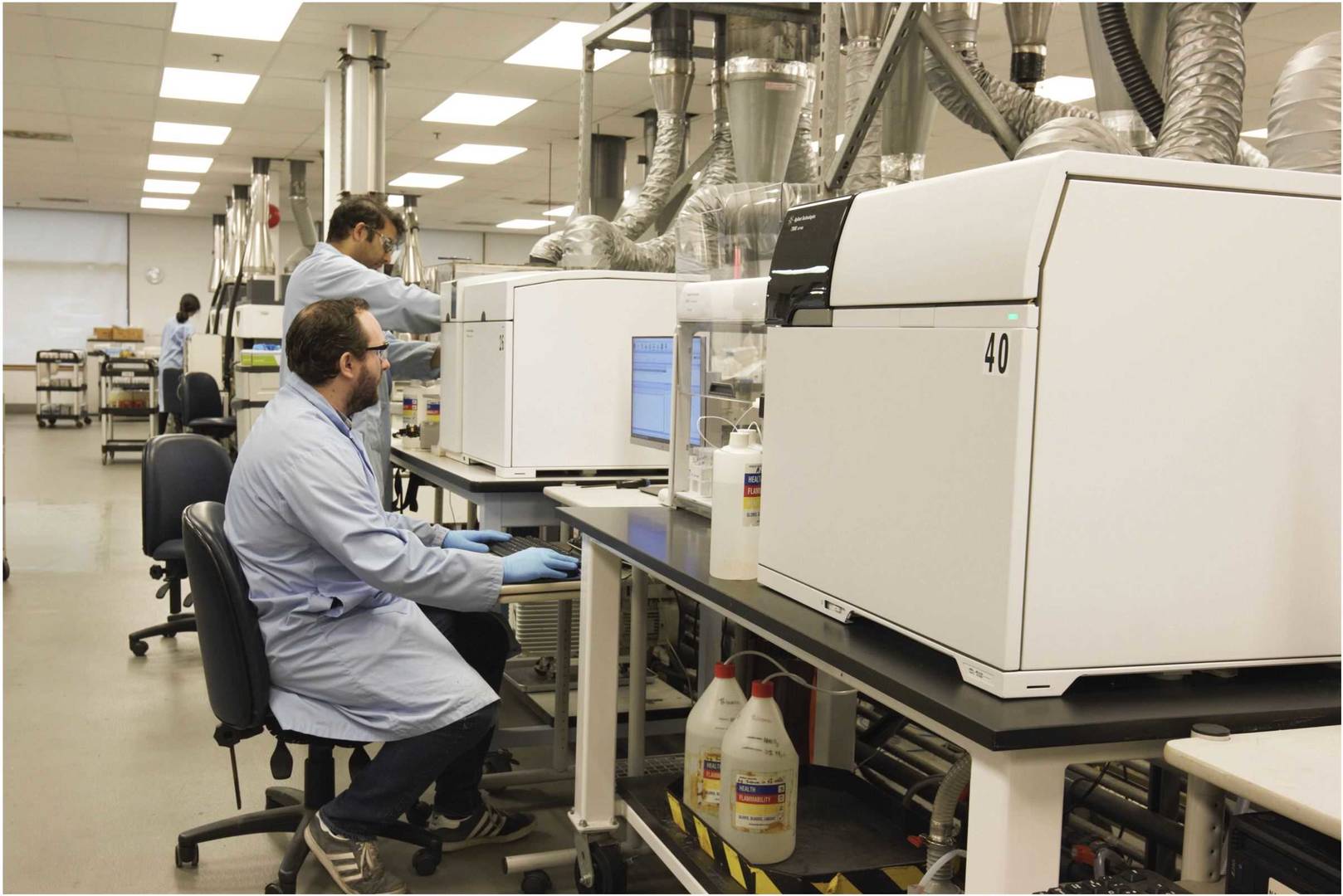Evidence for halogens in exploration
Historically, published investigations into halogens in ore deposits were dominated by Russian research described by Trofimov and Rychkov (2004, translated from Russian version published in 1994) on iodine and bromine associations with mineral deposits. More recent work on the use of fluorine, chlorine, bromine, and iodine, has investigated till soils (Dunn et al., 2007), and vegetation (Dunn et al., 2007; Dunn and Heberlein, 2020). These works have identified a relationship between mineralisation and halogen concentrations.
Because halogens can be highly soluble and mobile in water, they can be transported far away from where they are leached from alteration minerals associated with ore deposits. This can produce a dispersion halo both larger than that visible in alteration minerals, and with the ability to form in post-mineralisation cover sequences that overlay target lithologies. Direct detection by geochemical methods through transported cover requires that elements can move through the cover sequences to form surface anomalies. The high solubility also permits uptake and concentration in organic phases by vegetation (Dunn et al., 2007). Dunn et al., (2007) noted that the halogen element associated with each deposit is variable and therefore the analyses of all four non-radiogenic halogens is recommended.
References & further reading
Dunn, C.E. and Heberlein, D.R., 2020. Geochemical investigation of halogens in spruce treetops and integration with existing multi-element data from the Blackwater region and TREK project area, central British Columbia (NTS 093C, F); in Geoscience BC Summary of Activities 2019: Minerals, Geoscience BC, Report 2020-01, pp. 101–108.
Dunn, C.E., Cook, S.J., and Hall, G.E.M., 2007. Halogens in surface exploration geochemistry: evaluation and development of methods for detecting buried mineral deposits. Geoscience BC, Report 2007-10, 62 pages.
Hannington, M.D., Kjarsgaard, I.M., Galley, A.G., and Taylor, B., 2003. Mineral-chemical studies of metamorphosed hydrothermal alteration in the Kristineberg volcanogenic massive sulfide district, Sweden. Mineralium Deposita, issue 38, pp. 423-442.
Trofimov, N.N., and Rychkov, A.I., 2004. Iodine and bromine: Geochemical indicators of deep ore deposits. Colorado Mountain Publishing House. Originally published 1994 in Russian. Wilkinson, J.J., 2001. Fluid inclusions in hydrothermal ore deposits. Lithos. Vol. 55. pp. 229-272.
Yardley, B.W.D., Banks, D.A., and Bottrell, S.H., 1993. Post-Metamorphic Gold-Quartz Veins from N.W. Italy: The Composition and Origin of the Ore Fluid. Mineralogical Magazine. Vol. 57,
pp. 407-422.
 Search
Search
 English
English
 Login
Login


























































